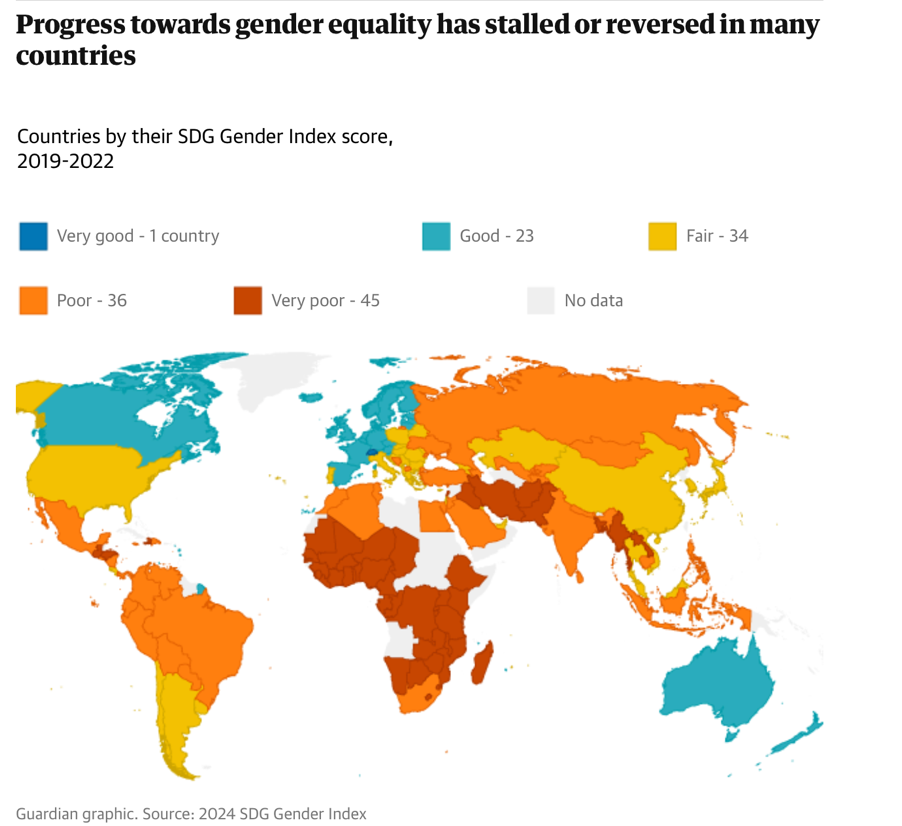TPNW, a response to the oblivion and impunity of Palomares
- UN House Scotland

- Jan 18, 2024
- 3 min read
By MARIBEL HERNÁNDEZ
Published 17th January 2024
58 years ago today was a day that changed the history of Palomares, that small district of Cuevas de Almanzora that, since January 17th 1966, has lived with the aftermath of one of the most serious nuclear weapons incidents of the Cold War.
That morning, an American B-52 bomber collided with the mother plane that was supplying it with fuel during a refuelling manoeuvre. As a result of the collision, the four thermonuclear bombs it was carrying fell, each of them 70 times more powerful than the Hiroshima bomb. It was pure luck that since they were not armed, no nuclear explosion occurred. However, two of the bombs fell without parachutes and because of the impact, dispersed their plutonium load, contaminating Palomares.
The story that followed is well-known and, as is often the case in the relationship between power and nuclear weapons, there was no lack of the "manliness" narrative that, in the midst of Franco's regime, featured then Minister of Tourism and Information, Manuel Fraga, with his media response as he took a dip in the sea. "Palomares, clean waters," read the cover of ABC just two months after the accident. With it, the issue was shelved and the page turned, but the problem of plutonium was not in the water, but in the earth, from where it is inhaled in the form of invisible dust and where it remains almost six decades later.
The population was not evacuated nor were they informed of the danger of radioactivity, in the same way that the nuclear powers treated indigenous populations of the places they chose to test their atomic bombs such as the Marshall Islands, Nevada or the Australian Aboriginal lands, among others. Expendable populations far from the centres of power.
The United States organized a clean-up drill in which neighbours barely equipped with gloves and exposed to the inhalation of radioactive particles also participated to collect debris from the planes and the ground. Today we know that they only took a minimal part of the land, 4,810 barrels of 208 litres each, leaving 50,000 cubic meters contaminated. This made for a good scenario, as has also been revealed thanks to the work of researchers such as José Herrera, to study the effects of continued exposure to small doses of plutonium on the population, the Indalo Project.
Silence and secrecy hung over Palomares. The population, after years of being forgotten, receives with scepticism the new promises that the land will be cleaned. Nor has it been investigated whether there is a relationship between cancer cases and radiation. A New York Times investigation put the issue on the table in 2016: North American soldiers who had participated in the Palomares cleanup claimed compensation after falling ill with cancer. Of the 40 veterans they identified, 21 had the disease.
A year later, in 2017, the international community adopted a historic Treaty that prohibited nuclear weapons in its entirety, the TPNW, whose articles included measures to address the impunity and injustice that this type of weaponry has caused in so many places in the world. Article 6 contemplates measures to assist populations affected by nuclear weapons and to restore the environment in contaminated areas, while Article 7 calls on States for international cooperation and aid.
The TPNW is the only nuclear disarmament treaty that includes this humanitarian perspective. Perhaps for this reason, it is striking that a country like Spain, which has experienced nuclear stigma on its own ground, and which positions itself in favour of nuclear disarmament, continues to turn its back on this Treaty.
In December 2023, just over a month ago, the States Parties to the TPNW met for the second time in New York to advance the implementation of the Treaty. Despite the attempts to get Spain to attend as an Observer State, there was no Spanish presence other than the people who attended on behalf of the Alliance for Nuclear Disarmament. It was a missed opportunity for Spain. It is difficult not to think about our own history when you hear the testimonies of the impact that nuclear weapons have had on the lives of the communities affected by them.
In Palomares there was no detonation of those weapons that fell by accident and that would have erased a good part of the territory from the map, but the nuclear legacy is still present. As long as there are nuclear weapons, there will be the risk that they will be used or that accidents like the one in Palomares will occur.
The TPNW is a response to the multiple stories of injustice caused by the existence of this type of weaponry. Including what happened in Palomares. The only guarantee of non-repetition is the complete elimination of nuclear weapons. For this reason, Spain's adherence to the TPNW is also an outstanding debt of our country to the population of this small Almería district, 58 years after that January morning.










Comments